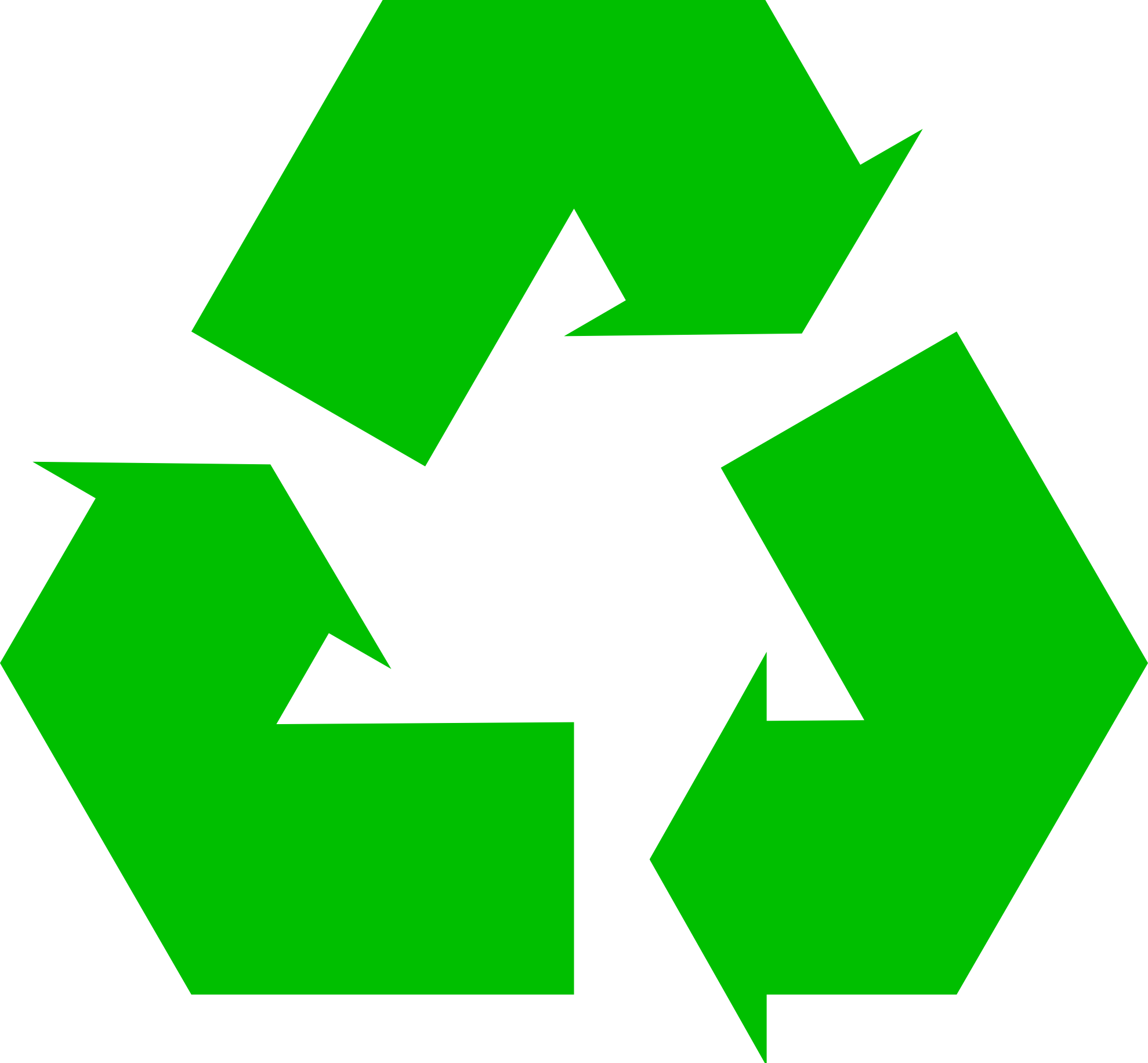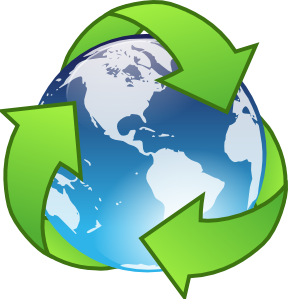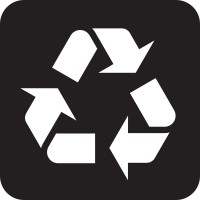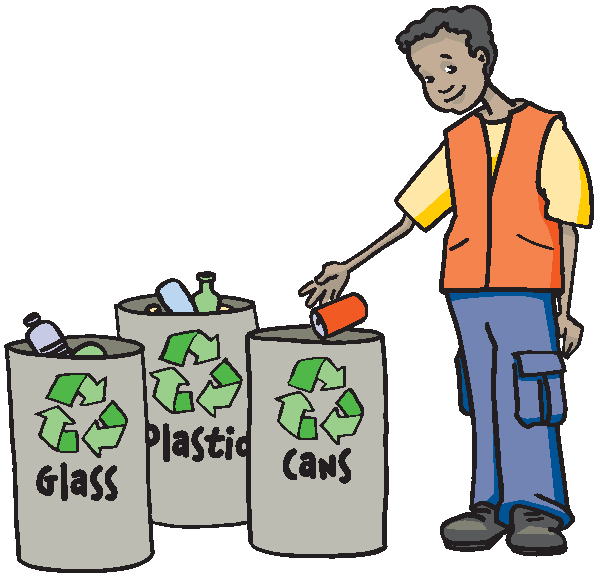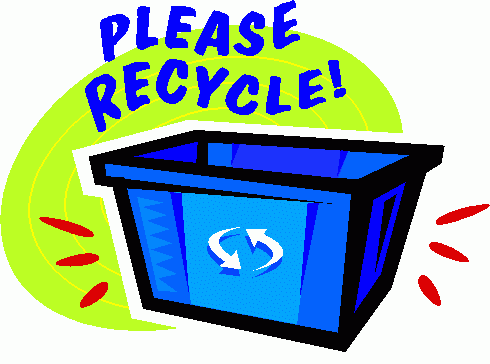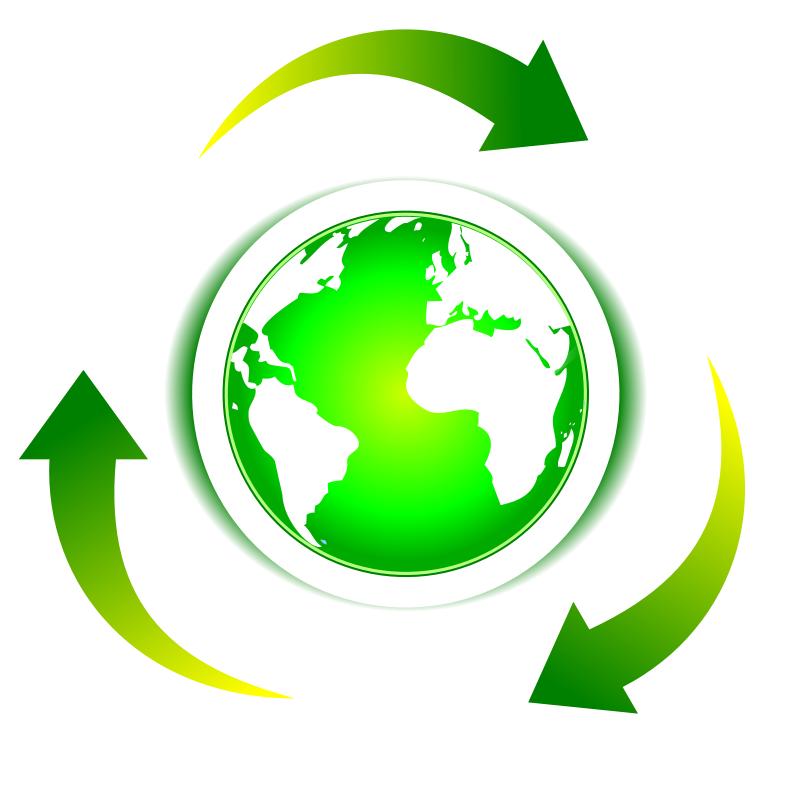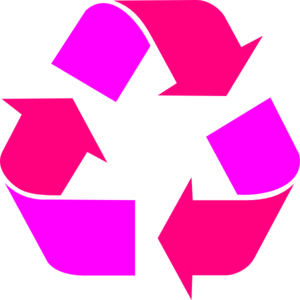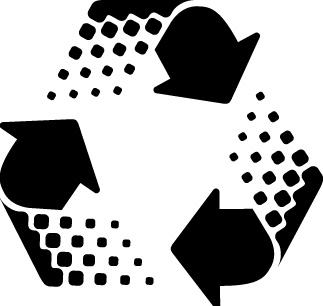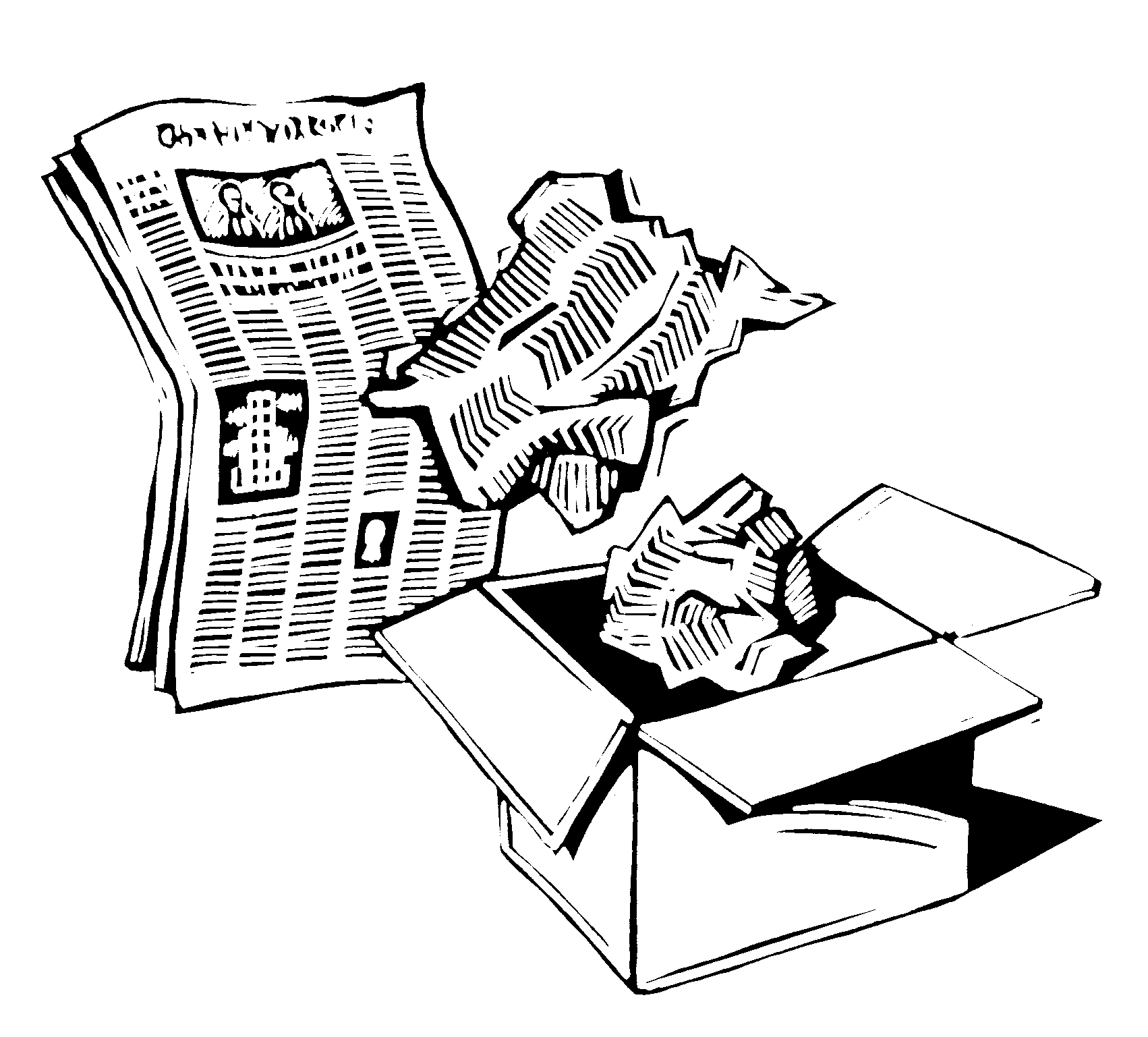Recycle Clip Art
Recycling refers to processing used materials into new products, diverting waste from landfills as raw material feedstock. It transforms scrap glass, plastic, paper, metal and electronics into usable materials through remanufacturing – closing loops in circular economies.
History of Recycling
Smelting technologies converted metals into usable forms for millennia. Mass recycling systems developed from the 1920s driven by resource constraints from World Wars, further expanding with modern municipal collection programs accelerating in the 1980s as environmentalism gained ground – bringing recycling into the mainstream.
Materials Commonly Recycled
Typical globally recycled products include:
- Paper – Newsprint, cardboard and office stationary
- Plastics – Bottles, containers and packaging
- Glass – Jars, broken window panes and light bulbs
- Metal – Steel and aluminum food cans, vehicle parts
- E-Waste – Computers, mobile phones containing precious metals
Recycling Process Steps
Standard mechanics:
- Curbside collection in municipal bins
- Transfer to Materials Recovery Facilities
- Sorting lines separating material types through conveyors and magnets
- Baling for efficient transportation
- Re-melting and breaking down into raw materials
- Transforming into recycled goods
Global Recycling Rates
Germany leads globally at 56% rates followed by South Korea (49%) and Wales (48%) while New Zealand, Slovenia and Switzerland exceed 30%. Significant potential for improvement exists in North America (US at 25%, Canada 18%) and Australia (21%).
Benefits of Recycling
- Alleviates pressure on extracting virgin natural resources
- Major energy savings over manufacturing from raw ores – recycling aluminum uses 95% less energy than smelting bauxite
- Reduces landfill waste and subsequent environmental contamination risks
- Creates domestic green jobs in waste management and reprocessing industries
- Provides inexpensive material feedstock to remanufacturing facilities – recycled boxboard costs half of virgin
Barriers to Recycling
- Confusion persists around municipally accepted recyclables leading to contamination
- Limited demand impedes market viability for recycled products
- Weak supporting infrastructure in developing countries
- Low crude oil prices reducing financial incentives for plastic recycling processes
New Recycling Technology
Innovations aim improving economic viability:
- AI-Enabled Robotic Sorting adding efficiency at recovery facilities
- Chemical Recycling via processes like pyrolysis convert hard-to-recycle plastic into fuel
- Cryogenic E-Waste Freezing enables precious metal extraction
Recycling in Popular Culture
The universal 3 chasing arrows recycling symbol seen on packaging aids awareness. Woodsy the Owl’s “Give a hoot – Don’t pollute!” slogan educates generations. Controversial Greenpeace images dumping iconic waste at polluted sites ignite policy lobbying.
Recycling Clipart Types
From cute animal paper stackers to overflowing landfills transformed into efficient recovery facilities – positive clipart improves engagements across initiatives:
- Municipal recycling logo vectors
- Kids separating bottles into clearly labeled bins
- Recycling trucks with dynamic 3D decals
Usage Across Contexts
- Infographics communicating single-use plastic hazards
- Store signage providing sorting instructions
- Festival flyers and college campaigns
- Sustainability reports and promotional posters
So while that banner declaring “Reduce, Reuse, Recycle” waves proudly outside your apartment complex – make sure to minimize waste with mindful consumption and diligently sort your discards because recycling properly makes environmental sense!
In this page clipartix present 62 recycle clipart images free for designing activities. Lets download Recycle Clip Art that you want to use for works or personal uses.





